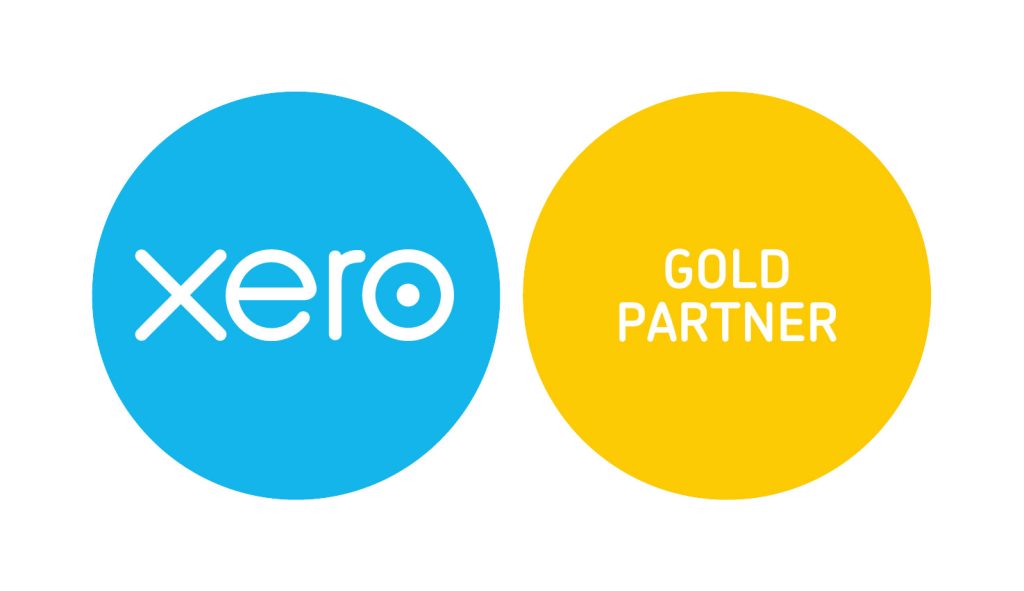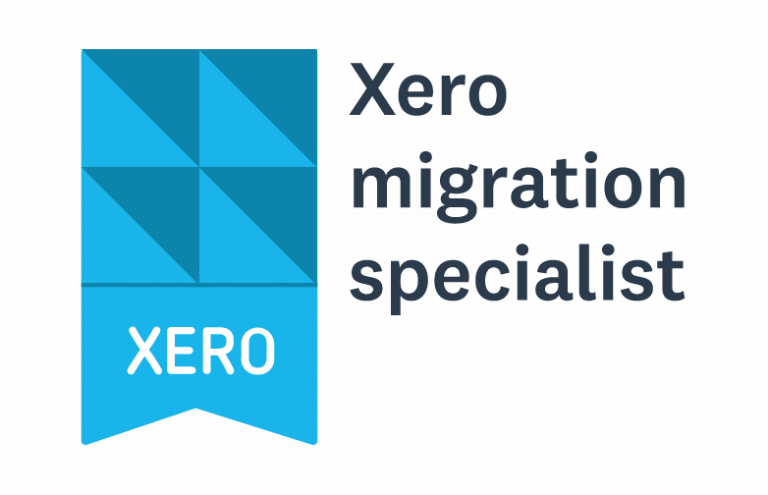Are you a landlord looking to understand capital allowances and how they can benefit you as an investor?
As a building owner, you may be eligible to claim capital allowances on your commercial property or a furnished holiday let and benefit from significant tax savings.
Capital allowances are a form of tax relief that building owners can benefit from when buying or renovating a commercial property. In addition to providing significant tax relief for building owners, they can also help with cash flow by reducing a landlord’s tax liability.
Capital allowances can make investing in renovating and maintaining a property more attractive due to the tax benefits involved. These investments can ultimately increase the value of your commercial property resulting in a growth in profitability.
At Spotlight Accounting, we want to help your commercial property business reach its full potential. We will help you maximise your tax efficiency while ensuring you stay compliant with HMRC. Contact us today for advice from our expert team of accountants.
Can you claim capital allowances on buildings?
You will be happy to know that if you purchased a commercial property (or own a furnished holiday rental property) on or after 29th October 2018, then you may be able to claim capital allowances on specific aspects of the building on which you spent money. Such elements may include integral features like air conditioning and electrical systems.
You won’t be able to make a claim on the actual cost of a building, unfortunately.
However, specific new build commercial properties may qualify for the buildings allowance. The building allowance is claimed on a straight-line basis at 3% over a 33-year period. There is also the potential to claim unused building allowances from the previous owner under certain conditions.
Do capital allowances apply to all buildings?
Generally, capital allowances only apply to commercial buildings, such as hotels, offices, restaurants and shops. There is an exception for residential property that is let out as a furnished holiday let – so if you own an Airbnb property, then keep reading!
How does it work with tax relief?
Capital allowances are a form of tax relief that building owners can claim on certain eligible components and features of a commercial property. Items that may be considered as qualifying capital expenditure and are therefore eligible for capital allowances tax relief can include
- Integral features: include air conditioning, electrical systems, hot and cold water systems and external solar shading.
- Plant and machinery: which include lifts, escalators and fire systems.
- Alterations and renovations: where a commercial property undergoes significant alterations or renovations.
Steps to maximise your capital allowances claim
Firstly, it is important that you identify the qualifying capital expenditure incurred so that you are aware of the tax savings you could potentially make.
With the help of a professional tax accountant, you can then calculate the amount that can be claimed. Different types of assets have different capital allowance rates. For example, if an Annual Investment Allowance is available, the total cost can be included in a capital allowance claim.
Once you have the information calculated and ready to go, you can then begin the process of entering your capital allowances claim on your corporation tax or self-assessment tax return.
To make the most of your claimed capital allowances, you should consider the timings of your capital allowance claim, as it can sometimes generate a taxable loss for the period. Choosing to carry it back, roll it forward, or not claim the total property capital allowances available for capital expenditure can help you prevent paying unnecessary costs.
Contact Spotlight Accounting today, and we can help make your process of claiming capital allowances smooth and successful.
What are the benefits of claiming capital allowances on buildings?
Claiming capital allowances can lead to significant cash flow and tax benefits on the qualifying assets you purchase and use within your property business.
Tax savings
You could benefit from a substantial refund of income tax or corporation tax by properly assessing the potential capital allowance claims for your commercial property and deducting the costs.
This is because the capital allowances reduce the taxable profits of the property owner, giving tax relief at the applicable rate for that tax year.
For example, let’s say a landlord installs a new air conditioning system into a commercial property with a qualifying expenditure of £50,000. If they have a profit of £75,000 for the tax year, and the effective tax rate is 22%, then they could receive a tax relief of £11,000 through making a capital allowance claim.
Cash flow
Capital allowance claims can also improve cash flow, as they provide building owners, and holiday let investors the option to receive a substantial tax benefit upfront. This is more beneficial than waiting several years to recoup the money they invested into their property.
Retrospective claims
Did you know you don’t just have to stick to the current tax return deadline when claiming capital allowances? If you have a property business with a commercial property as part of the portfolio, then a retrospective claim may be possible for historical property transactions.
Why would you not claim capital allowances as a building owner?
There are many reasons why you would not claim capital allowances as a building owner. The main one is if you rent out a residential property that does not qualify as a furnished holiday let.
If you are unsure whether your property qualifies as a furnished holiday let, then the gov.uk website has some helpful information.
Aside from eligibility criteria, you may optionally choose not to make a capital allowance claim for more tax-efficient savings. By delaying or deferring your capital allowances for all or part of the expenses incurred, you can claim them at a later date when it is more beneficial to do so.
However, choosing to defer might cause you to miss out on fully maximising the 100% Annual Investment Allowance (AIA) in the year the qualifying expenditure incurred. This could also provide significant tax relief. So it is important to weigh up the pros and cons when deciding whether to claim (or not claim) your capital allowances.
For more information on saving costs as a landlord, read our handy guide to allowable expenses for landlords.
Get help with your capital allowance claims with our property accountants
At Spotlight Accounting, we have a strong team of specialist tax accountants who can help you with all matters of commercial property tax and accounting needs. Our expert team can help ensure you maximise your tax savings when claiming capital allowances.
For more advice on your commercial property investment, speak to a member of our team today!
Frequently asked questions about capital allowances
To learn more about capital allowances and how they could benefit you, check out our FAQs below or contact us today:
How do leasehold improvements work with capital allowances?
Leasehold improvements work the same way as any other qualifying plant and machinery or integral features. For example, as a tenant, if you have incurred the cost of developing your commercial property through installing an air conditioning unit, then you may be able to make a capital allowances claim.
How much capital allowance can I claim on the property?
If there is still Annual Investment Allowance available, then the total value of the capital expenditure can be claimed. If not, then the amount claimed can be up to the available percentage of the pool that the capital expenditure falls into.
Capital allowances are optional, so it may be more tax efficient not to make a claim in some situations.
To learn how you can invest in commercial property through your SIPP, then check out our blog here.















